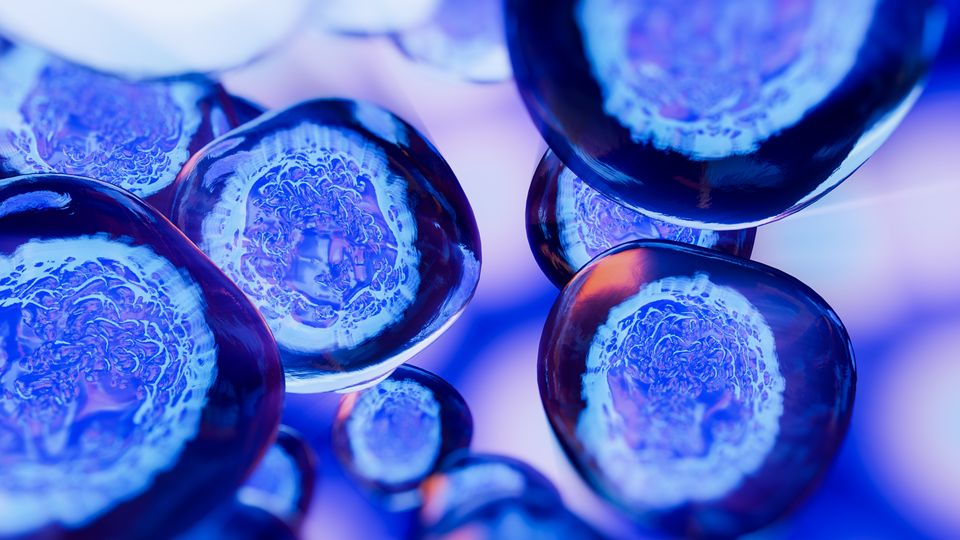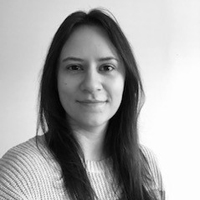New Facility Aims To Accelerate Cell Therapy Development
The new facility aims to upscale cell therapy development and translate breakthroughs for patient treatments.

Complete the form below to unlock access to ALL audio articles.
Cell therapies have made huge strides across different disease areas in recent years. However, problems can arise when moving successful cell therapy candidates from pre-clinical to clinical trials, including difficulties in manufacturing at large scales. Unfortunately, this can mean that some therapies that find success in the laboratory don’t make it to human trials.
To accelerate this process and fill this critical gap, the Novo Nordisk Foundation has pledged up to $137 million to establish a world-class facility, helping to upscale cell therapy development and translate breakthroughs in the lab into tangible treatments for the benefit of patients.
Technology Networks spoke to the CEO of the Novo Nordisk Foundation Cellerator, Dr. Thomas H.R. Carlsen, to find out more about this new initiative.
Sarah Whelan (SW): For some background, would you be able to briefly introduce what the Novo Nordisk Foundation Cellerator is and discuss what its primary activities will be?
Thomas Carlsen (TC): Many cell therapies currently are being tested successfully in the research laboratory, but those findings aren't reaching human trials because they can't be further developed and manufactured at scale. This means that they don't reach the patient in need. The Novo Nordisk Foundation Cellerator will fill this critical gap by helping to translate the breakthroughs in cell therapy research into real-world treatments for people living with chronic diseases. We'll do this by further developing cell therapy processes and upscaling candidates to produce them at the scale for clinical trials and the quality required by the health authorities.
The Cellerator is focusing on early clinical trials, bridging the gap from research labs to Phase 1 and 2 trials. Our market analysis shows that at the implementation of the facility after 2026, there will be approximately 1,100 stem cell-based cell therapy candidates either in pre-clinical or early-phase clinical trials. This will grow to over 3,000 in 2036, and 75% of that pool will be pre-clinical and more in early clinical trials. This is the scope of the Cellerator, so we see it as a nice fit to meet the market demands in the future.
SW: Chronic diseases will be a key focus area of the Cellerator, including heart failure, Parkinson's, kidney disease and cancers. Could you elaborate on some of these areas of focus?
TC: The Novo Nordisk Foundation Cellerator will actually be disease agnostic. We plan to support therapies for a broad range of diseases, but the key area will be cell therapies that are stem cell-derived, i.e., they originate from stem cells. Cell therapies in general have the potential to treat chronic diseases because they either replace damaged tissues or organs in order to regenerate their function. So instead of treating the symptoms, we are treating the disease itself, and in some cases, even curing it. As you mentioned, there are cell therapies for several diseases already in scope and currently on the market. There are therapies within wound healing and several types of cancer, for example, but the potential is great for chronic diseases like heart failure, Parkinson's disease, kidney failure and type 1 diabetes. These diseases are very different from each other, but in the therapies that we are going to support, all of these can be treated with stem cell-derived therapies.
We will work closely together with the researchers who are doing the initial cell therapy discoveries and further develop and mature these cell therapy candidates. The Novo Nordisk Foundation has supported a big initiative called the Novo Nordisk Foundation for Stem Cell Medicine, reNEW, which is focused on developing these new indications. So, the Cellerator will not develop new cell therapy candidates per se, but we'll work together with researchers from both public and private institutions who are doing the discovery to mature them and ensure that we produce them at scale. This will be within cancer and many other chronic diseases, and we will collaborate with the researchers to ensure that the Cellerator will support these scientists.
SW: The press release explains that co-creation is at the heart of the initiative and that strong partnerships will be crucial for success. How is this initiative going to sort of foster these strong collaborative partnerships? What kind of partnerships are you looking to create?
TC: The major focus areas will be the interaction with the researchers regarding the cell therapy discoveries, supporting them both in the early stages to guide them to make the right choices from a manufacturability and quality point of view early on in the discovery – as required by the health authorities in order to get into clinical trials – but also when the cell therapy candidates are entering the Cellerator facility, the deep biology knowledge within a given indication is extremely important. We will work closely together with scientists who have a deep knowledge of the biology and then we will apply our specialized competencies within cell therapy process development and manufacturing to combine them into the right cell therapy for human trials.
From a strategic partnership point of view, we are also seeking to shorten the path as much as possible from proof of concept in animal models in the laboratory through to clinical trials, and there are many activities that need to be covered to secure that. We are also seeking strategic partnerships to make it as cost-efficient as possible. An example could be ensuring that stem cell lines have the right quality and content to go to the market and be used in humans.
SW: Will these partnerships be across academia, biotech and pharma?
TC: The customers will span from public researchers to hospital clinicians to private biotech startups and even pharma companies. For more strategic partnerships, we're not differentiating at all, but we're focusing on the key competencies and the key offerings that these partners might have so that we can optimize our services and offerings for the customers coming in.
SW: What do you think are the main challenges when it comes to cell therapies and further developing cell therapies?
TC: I think one of the main challenges is the lack of facilities that can do what the Cellerator will do, that can ensure that we are producing at scale and that the right upscaling and competencies are there. We hope we can support overcoming those challenges with this initiative, both to enable new treatments, but also to accelerate the cell therapy ecosystem in general. The other challenge would be that there's currently a workforce gap within cell therapy. We want to support that from a training and education point of view. The Cellerator will be located at the Technical University of Denmark, so we are also collaborating with them on how we can ensure that we have a workforce pool that meets the demands of the future.
There is also a lot of focus on cost-effectiveness. Currently, cell therapy is extremely expensive to develop. With our strategic partnerships, we have a very high focus on reducing the cost for customers. Another tool we're using is that the Cellerator will be a company owned by the Novo Nordisk Foundation. The Novo Nordisk Foundation will not earn any profit from this company – all profit earned by the Cellerator will either be reinvested as new technologies and optimized offerings or used as a tool to ensure that as many customers as possible come into the Cellerator facility.
SW: This is a huge investment into cell therapy in Europe, expected to be operational in 2027. What are your aspirations for this program?
TC: The first and foremost achievement will be to enable new transformative cell therapies for patients living with chronic diseases. As part of that, there is currently no gold standard within cell therapy manufacturing, so as part of delivering new therapies, we really want to support the development of gold standards within cell therapy manufacturing. This is critical in order to utilize their full potential.
The other part would be to take part in accelerating the cell therapy ecosystem, first of all nationally in Denmark, where there are a number of academic groups, startup companies and biotech companies working on cell therapies. Additionally, we hope to attract international research groups and companies into Denmark, but also to inspire others and be a role model in cell therapy manufacturing in Europe and hopefully also globally.
Dr. Thomas H.R. Carlsen was speaking to Dr. Sarah Whelan, Science Writer for Technology Networks.




